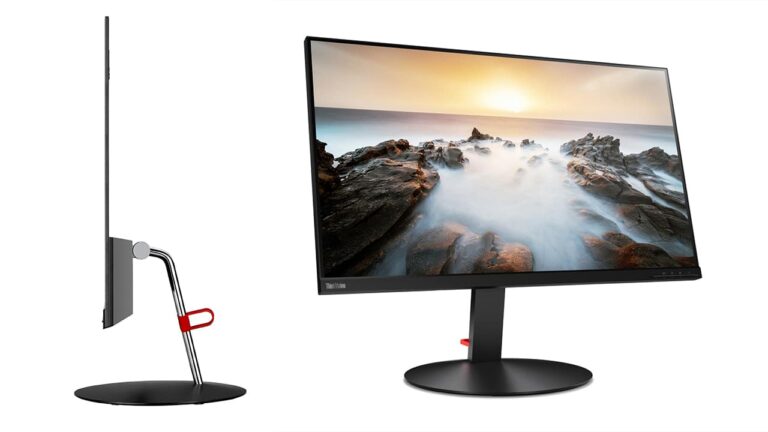
Contents
In the realm of visual technology, monitor resolutions have undergone a remarkable evolution over the years. From the standard definition (SD) era to the high-definition (HD) revolution and now the advent of 4K displays, the journey of monitor resolutions has been nothing short of extraordinary. In this article, we delve into this evolution, exploring the significance of each milestone and the implications for users across various industries.
The Rise of High Definition (HD)
The transition from SD to HD marked a pivotal moment in the history of monitor resolutions. HD, characterized by resolutions of 720p or 1080p, brought about a significant improvement in visual fidelity and clarity. This shift was driven by the increasing demand for richer multimedia experiences, as consumers sought to enjoy their favorite content in greater detail.
Exploring Full HD (1080p)
Full HD, or 1080p, quickly emerged as the new standard for displays, offering a resolution of 1920 x 1080 pixels. This higher pixel density paved the way for sharper images and smoother video playback, making it ideal for a wide range of applications, from gaming to professional video editing. The widespread adoption of Full HD monitors contributed to the mainstream acceptance of high-definition content across various platforms.
The Dawn of 4K
As technology continued to advance, the industry set its sights on even higher resolutions. Enter 4K, also known as Ultra HD, which quadruples the pixel count of Full HD to deliver stunning visual clarity and detail. With resolutions of 3840 x 2160 pixels, 4K displays offer an unparalleled viewing experience, allowing users to immerse themselves in lifelike images with unparalleled precision.
Understanding the Benefits of 4K
The transition to 4K brings forth a multitude of benefits for users across different sectors. In the realm of gaming, 4K resolution enhances realism and immersion, enabling gamers to enjoy breathtaking visuals with unparalleled clarity. Similarly, professionals working in fields such as graphic design, video editing, and photography benefit from the increased screen real estate and pixel density afforded by 4K monitors, allowing for greater precision and detail in their work.
Challenges and Considerations
While the proliferation of 4K displays represents a significant advancement in visual technology, it also poses certain challenges and considerations. One such consideration is the increased demand on hardware resources, as rendering content at higher resolutions requires more powerful graphics processing units (GPUs) and system resources. Additionally, compatibility issues may arise with older software and hardware configurations, necessitating upgrades to fully leverage the benefits of 4K technology.
The Future of Monitor Resolutions
Looking ahead, the evolution of monitor resolutions shows no signs of slowing down. With advancements in display technology, including the emergence of 8K and beyond, the quest for ever-higher resolutions continues. However, alongside these advancements, there is a growing emphasis on other aspects of display quality, such as color accuracy, refresh rates, and HDR (High Dynamic Range) support, which collectively contribute to a more immersive viewing experience.
Conclusion
The evolution of monitor resolutions from HD to 4K represents a transformative journey in visual technology. With each milestone, we witness significant advancements in visual fidelity and clarity, empowering users to enjoy richer multimedia experiences and accomplish tasks with greater precision. As we embrace the era of 4K displays, we look forward to further innovations that will continue to push the boundaries of visual excellence. Whether for gaming, professional work, or everyday use, the future of monitor resolutions holds boundless possibilities for immersive and lifelike experiences.